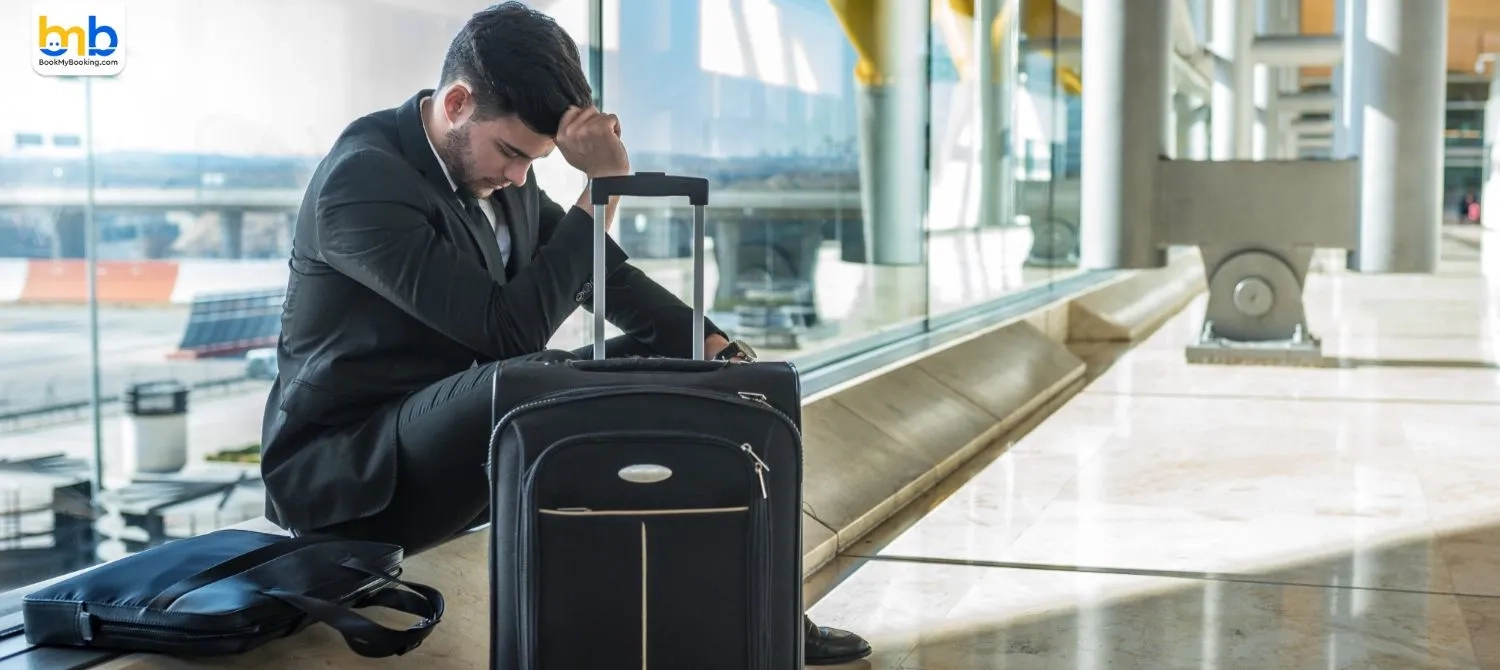The country's aviation safety and air traffic control systems are under increasing strain as the U.S. government shutdown enters its fourth week and becomes the second-longest in history. Affected workers include thousands of air traffic controllers and Transportation Security Administration (TSA) agents who continue to work without pay, raising concerns about fatigue, morale and the overall resilience of the air-travel network.
Flight delays are soaring at major hubs. On one recent day, more than 6,000 flights were delayed nationwide according to tracking data, with shortages of active controllers cited as a key cause. Staffing deficits, increased sick-leave calls, and the financial stress on essential workers have triggered operational slowdowns and heightened risk in the national airspace system.
The Federal Aviation Administration (FAA) has already identified a number of "staffing triggers" at airports, which means that when staffing drops below safe standards, planes may be paused or diverted. The workforce performs under unsustainable conditions, which might reduce safety margins and slow response times for emergencies or traffic incidents, according to unions representing controllers.
While agencies emphasise that the skies remain safe overall, industry experts say the ongoing shutdown erodes the“buffer” that typically underpins aviation safety—such as spare staff, timely inspections and training programmes. Many aviation professionals say returning to full operational strength will take months once the shutdown ends.
Lawmakers are under increasing pressure to reopen the government in the absence of a financing settlement. Leaders in the aviation industry caution that a protracted interruption may harm U.S. travel's competitiveness, impact passenger and cargo flows, and have long-term effects on the global air transportation ecosystem.
#Bookmybooking #news #aviation #usairports #layoffs #globaltransport #



